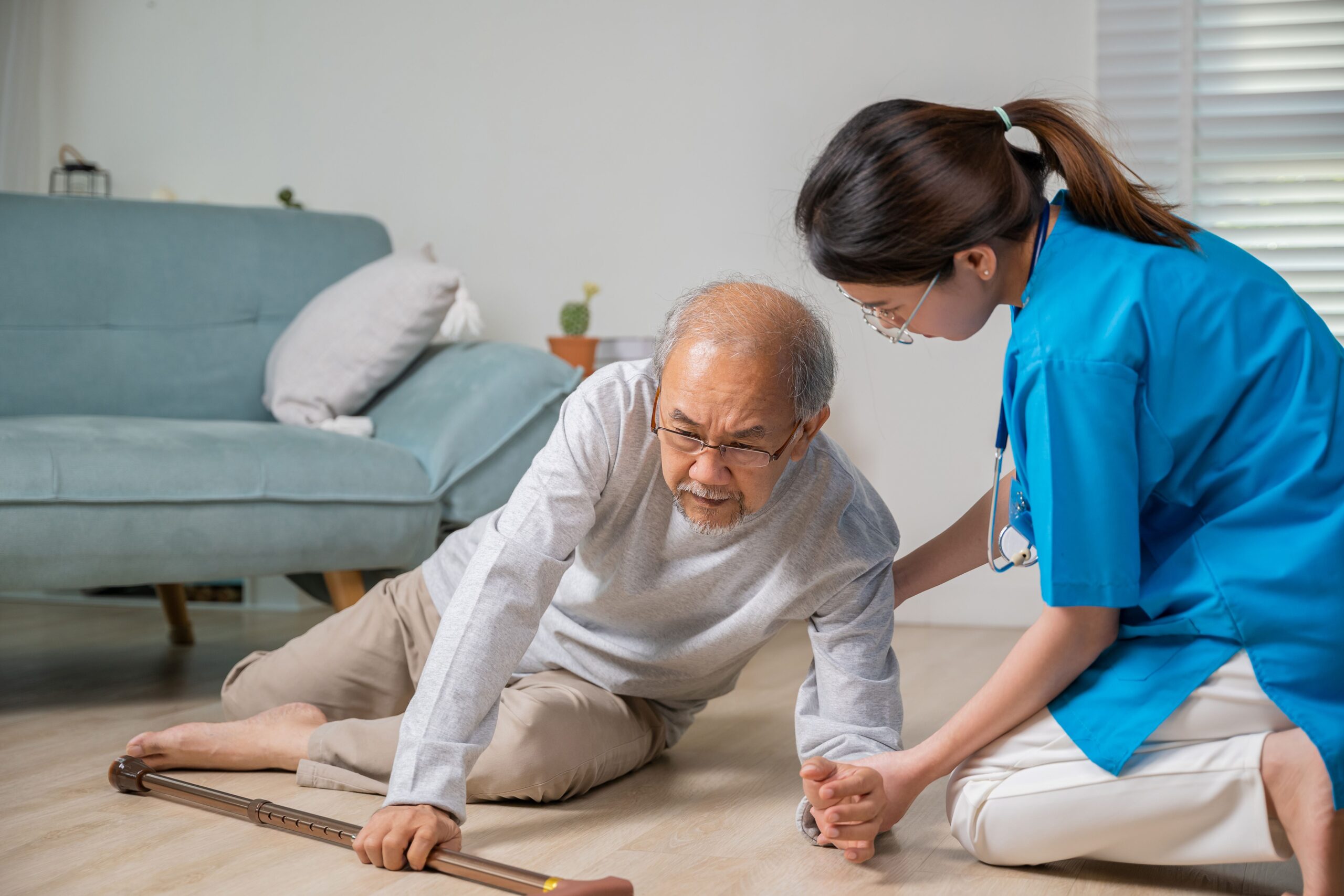Falls among the elderly can lead to serious injuries and a decline in quality of life. As caregivers, understanding how caregivers can prevent elderly falls is crucial for maintaining the health and independence of seniors. This article will delve into various strategies and measures that caregivers can employ to minimize fall risks.

Understanding the Causes of Elderly Falls
The first step in preventing falls is understanding what causes them. Factors such as poor vision, weak muscles, and balance issues are common culprits. Environmental hazards like slippery floors or uneven surfaces also contribute significantly. By identifying these causes, caregivers can tailor their approach to meet individual needs.
Conducting a Fall Risk Assessment
Before implementing preventive measures, it’s essential to assess the fall risk of an elderly person. This can involve reviewing their medical history, checking for medications that might affect balance, and evaluating their living environment. For more detailed guidance on assessing fall risk, consider visiting this fall risk guide.
Implementing Home Safety Modifications
To create a safer living space, caregivers should focus on reducing environmental hazards. This includes installing grab bars in bathrooms, ensuring adequate lighting, and removing tripping hazards like loose rugs. For additional insights on home modifications, explore this home safety systems article.
Utilizing Fall Detection Devices
Technology offers numerous solutions to monitor and alert caregivers of falls. Devices such as fall detection wearables and GPS tracking systems can be invaluable. To find the best options, check out this fall detection devices review.
Encouraging Physical Activity
Regular exercise is vital for strengthening muscles and improving balance, both of which are key to fall prevention. Caregivers can encourage the elderly to engage in activities like walking, swimming, or tai chi, which are gentle yet effective. For more on the benefits of exercise, visit this external resource.
Monitoring Medications
Some medications can cause dizziness or affect balance, increasing the risk of falls. Caregivers should regularly review medications with healthcare providers to adjust dosages or explore alternatives if necessary.
Promoting a Healthy Diet
A balanced diet that includes adequate calcium and vitamin D is essential for bone health. Caregivers should ensure that the elderly consume a diet rich in nutrients to maintain strong bones and muscles.
Ensuring Regular Health Check-ups
Regular health check-ups can help identify issues that may lead to falls, such as vision problems or inner ear disorders. Addressing these issues promptly can significantly reduce fall risks.
Providing Emotional Support
The fear of falling can be debilitating. Caregivers should offer emotional support and encouragement to help the elderly regain confidence in their mobility.
Educating on Fall Prevention
Caregivers should educate themselves and the elderly on fall prevention strategies. Understanding the importance of these measures can empower seniors to take an active role in their own safety.
Creating a Fall Recovery Plan
Despite best efforts, falls may still occur. Having a recovery plan in place ensures that caregivers can respond quickly and effectively to minimize injury.
Building a Support Network
A robust support network of family, friends, and healthcare professionals can provide additional resources and assistance in preventing falls.
Utilizing Professional Resources
Engaging with professional resources such as physiotherapists can offer specialized guidance tailored to individual needs. More information on professional fall prevention strategies can be found at Physio-Pedia.
Adapting to Changing Needs
As the elderly continue to age, their needs and risk factors may change. Caregivers should regularly reassess and adapt their strategies to ensure ongoing safety.
Conclusion
Preventing falls among the elderly requires a comprehensive approach that combines environmental modifications, physical activity, and emotional support. By understanding how caregivers can prevent elderly falls, caregivers can play a pivotal role in enhancing the quality of life for seniors.

FAQ
What are common causes of falls in the elderly?
Common causes include poor vision, muscle weakness, balance issues, and environmental hazards like slippery floors.
How can technology help in fall prevention?
Fall detection devices and GPS tracking systems can alert caregivers to falls, allowing for a prompt response.
Why is physical activity important in preventing falls?
Exercise strengthens muscles and improves balance, which are critical for preventing falls.
This article contains affiliate links. We may earn a commission at no extra cost to you.

